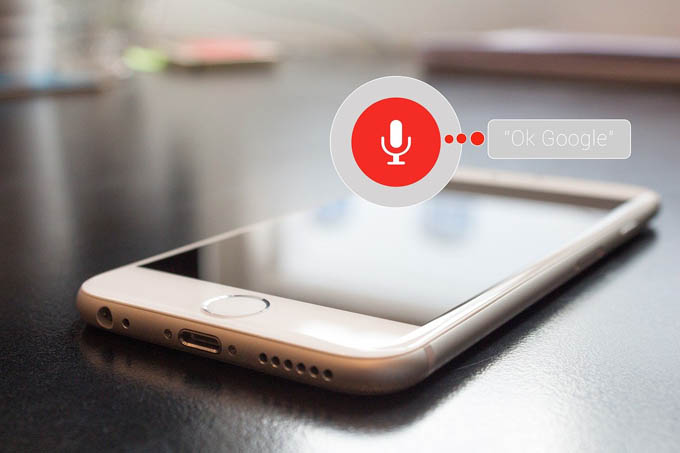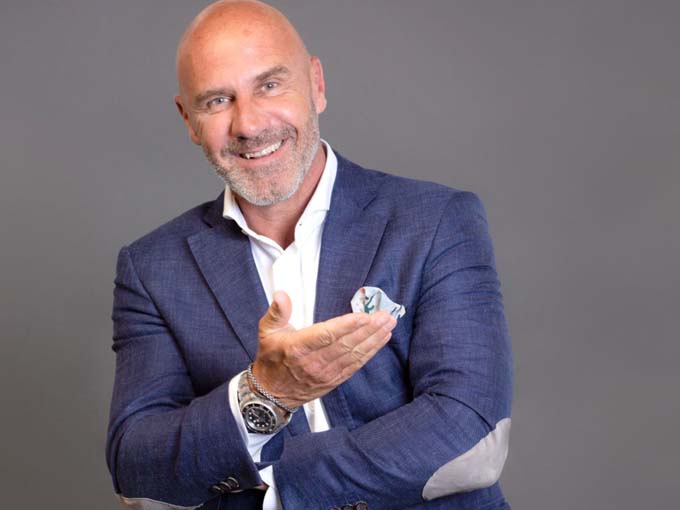Speaking with computers is most natural
Voice input is the simplest human-machine interface. Touchscreen, computer mouse and keyboard follow at a clear distance. Touch-sensitive screens, on the other hand, elicit a two-tone response. This is shown by an expert study conducted by a provider of speech systems for companies and public authorities.

Speaking to computers is the most natural human-machine interface - this is a key finding of the "Spitch Report: Speech Systems" study. This was recently presented by Spitch AG, one of the technologically leading developers and providers of speech systems for companies and public authorities. The systems of this Swiss company are already in use today in all major industries in which the use of speech technologies is particularly suitable. The report is based on a survey of 100 computer experts. 65 percent of them rated speech as by far the most natural way of dealing with modern computers. On the other hand, 37 percent (multiple answers were allowed) consider the touchscreen, as we know it from the smartphone, to be superior. 28 percent place their trust in the computer mouse, which was invented a good 35 years ago, and 26 percent clearly rely on the keyboard, whose roots go back to the 19th century.
Talking to computers: The most natural thing in the world
Bernd Martin from Spitch explains: "There is a good reason why we humans mostly communicate with each other via speech - because it is the easiest. Nevertheless, we also often write messages to each other. Similarly, when it comes to human-machine interfaces, what's best depends on the application. A smartphone screen is fine for reading, viewing pictures and videos, but for typing, speaking is a hundred times more comfortable than typing on the small screen, even for nimble fingers. It's also easy to replace a PC keyboard with good speech recognition; habit plays more of a role here."
Better understanding of the context
Crucial to the acceptance of speech input is - unsurprisingly - speech recognition. Thus, 85 percent of the experts surveyed by Spitch express confidence that the difficulties of correctly recognizing speech, even from difficult speakers, will gradually be solved through further development of the technology. After all, 55 percent of the experts are firmly convinced that in the future it will likewise be possible for systems to understand the context of dialog better and better and to react accordingly. Bernd Martin explains: "We humans start sentences, break them off, don't finish them at all or finish them completely differently. We speak in half-sentences, key words and usually refer directly or indirectly to what has already been said. The challenge is for the machine to recognize the meaning of more or less stammered half-sentences and to classify them correctly, or to find out what is meant and what needs to be done by asking appropriate questions. It will still be years before it is possible to converse with computer systems as casually as with a human being. But until then, there are a number of areas of application in which speech systems already function with a very high satisfaction rate. These include all kinds of directory assistance and ordering systems, customer service and, of course, call centers."
Touchscreen with two-part rating
The touchscreen, as we find it today not only in every smartphone but also in more and more cars and on vending machines, receives a split rating in the Spitch survey. 48 percent think that the touch-sensitive screen is definitely a good human-machine interface. But only 37 percent rate it as natural as spoken language, which is approved by 65 percent.
Source: Spitch Inc.









